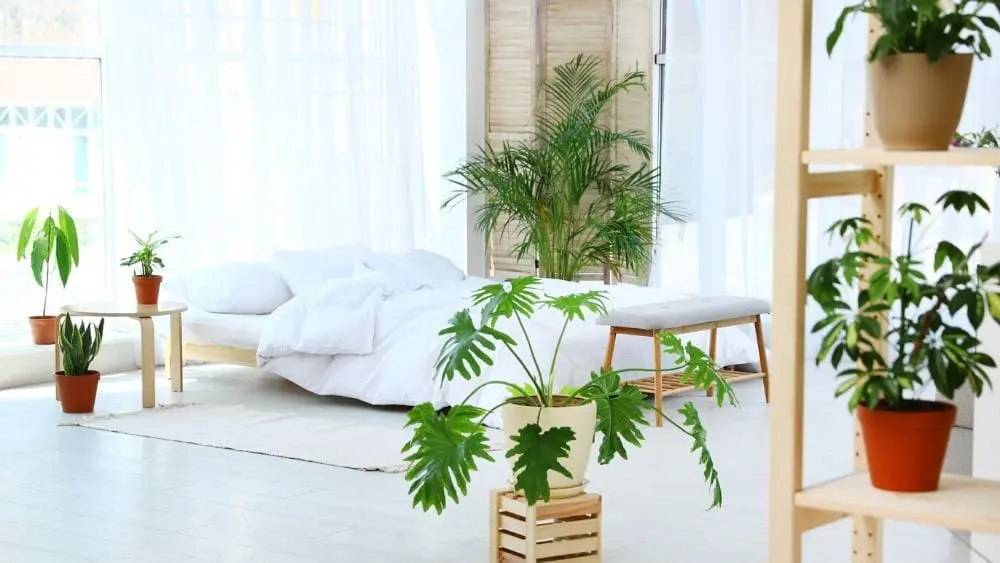TV and Magazine Project Homes Help Define Design Trends

Do you remember the first time you entered HGTV’s Annual Dream Home Sweepstakes? I do. It was 1999, and the house was located in Rosemary Beach, Fla. — not all that far from my Orlando home.
Having just visited this new community and the Florida Panhandle along route 30A during a press trip, I had seen this beautiful area firsthand. I pored over all of the pictures on television and online as the home was built and then decorated, believing I could actually win the house and make very good use of it. The home’s details — the transitional indoor-outdoor dining room, the vegetable garden, and the lovely Dutch Colonial architecture — inspired me to make changes to my own home. A vegetable garden was one of the improvements I incorporated.
Major project homes — often called Dream Homes, Idea Homes or Show Homes — are built by HGTV and well-known magazines such as Southern Living, Sunset and Coastal Living. Other leading project homes are built by BUILDER Magazine and the National Association of Home Builders. In many cities, you’ll find inspiring new homes in the local Parade of Homes. You may also have a Show Home in your area decorated by a local chapter of The American Society of Interior Designers that’s open for tour, often in support of a local charity.
What do these inspiring homes have in common? They showcase some of the latest trends in new home design and construction, as well as fresh ideas in interior design, lighting, home automation and landscaping.
These project homes are designed to alert us to trends and wake us to the possibilities of design that we can incorporate into our lives. Creators of these Dream Homes carefully consider architecture, amenities, interior design and landscaping with the goal of reflecting what we truly want in our homes. As such, these designer homes reveal something important about us as home buyers and homeowners, as well as the latest trends in home design.
The key trends from top show homes reveal that we’re searching for creative ways to design and live in our homes, indoors and out, and that we want to share every part of our homes with guests — not just the formal spaces.
Entertainment Centric
The kitchen isn’t just for cooking anymore. It’s where you entertain your guests, who nibble on bits of what you’re concocting and become part of your meal preparation by gathering around the island, preferably with glasses of wine.
It used to be that guests would gather in another part of the house (or even outside), while you scurried back and forth with trays of delicious offerings. Now we’re skipping that step and bringing our friends right into the heart of the home. This boosts the intimacy-factor because guests are truly made to feel at home; plus, with all the Food Network programs you’ve been watching, you probably want to show off your cooking skills, right? Kitchens are now designed for entertaining a crowd, and these trends made appearances in the 2012 Sunset Idea House (“Breezehouse”), the Southern Living Idea House and the Coastal Living Ultimate Beach House.
Grown-Up Fun
The minute you walk into a room, you can tell whether it was designed for kids or not. There’s nothing wrong with that, but Disney characters might not set the tone for your relaxing night in with your spouse and closest friends. That’s why it was so it was refreshing to see home spaces that catered to adults this year, like the in-house theater at the Coastal Living Ultimate Beach House. The linen-covered chaises, muted natural materials and elegant wall sconces say “adults only” for this Friday’s movie night.
On par with the theater, a lap pool at next year’s HGTV Dream Home reserves swimming space for those (like me) who would like to get away from all of the noise and splashing common in family pools and instead focus on their strokes. In short, design home styles are veering away from the family friendly and getting a little more serious. After the exuberant, toddler-safe rooms had their heyday, homeowners have become more willing to reclaim some space for themselves.
Nature Calls
Bringing the outdoors in was figurative for the past five years: Pillows donned exquisite line drawings of pinecones and leaves, bird statues adorned mantles, and framed botanical prints made a comeback. Now, stain-conscious moms put weather-proof fabric on their living room sofas and placed houseplants in every room. At this year’s Kips Bay Decorator Show House, Charlotte Moss created a vertical garden of preserved boxwood in the master bedroom suite. Moss, known for her garden-style décor, used this maintenance-free element to establish a feeling of serenity in the room, adding a new element to the trend of merging the indoor and outdoor spaces.
Private Hideaways
Design home creators are all working off the mantra that there’s no such thing as unusable space. That corner beneath the stairwell has great potential as a miniature reading room. A wine room doubles as a sitting area and a bar. Creative use of a room — or a nook that wishes it were a room — does two things: It serves you well by providing a richer experience of the house, and it demonstrates that your house is well-loved and lived-in, decorated not just for the eye but for actual use. It’s no accident that these leftover areas are being designated for relaxation and alone time. The existence of private sitting areas in your house serves as a reminder that you can and should slow down, relax, and enjoy where you live. As busy as you are, you can drop what you’re doing for 20 minutes and curl up with a good book.
Local Looks
The farmhouse renovation that is the Southern Living Idea House in Senoia, Ga., incorporated materials and styles true to the home’s 1830’s origins. The aptly placed windows in the HGTV Dream Home in Provo, Utah, take advantage of the wild, natural views outside of the house. When you’re inside, you still get that outdoors feeling — blues and browns borrowed from nature are used throughout the house to bring in the classic Utah land and sky. Almost every room in the Kips Bay Decorator Show House boasts regal accents with a modern twist, borrowing from the Hollywood Regency décor trends that are so closely associated with city style.
Eco-Friendly Priorities
Sunset’s design home is a prefab, and Southern Living’s is a restoration. Make no mistake: Developers are reworking the concept of “new.” A portion of the new-home market is now looking at converting existing spaces and minimizing the waste of resources by developing prefab houses gorgeously and thoughtfully built that share little resemblance to their original counterparts. Also, new home builders and developers are incorporating green methods more than ever: standardizing LED lighting to reduce power usage; retaining existing shade trees to lower cooling costs; installing native landscapes that need little irrigation; reclaiming materials to reduce deforestation and quarrying. Generally speaking, developers are seeking to minimize environmental impact whenever possible. The enormous show houses of yesterday have been replaced by moderately sized ones, with just-right rooms to meet families’ needs without taxing the environment more than necessary.

Sarah Kinbar is a writer and editor with a passion for design and images. She was the editor of Garden Design magazine, curating coverage of residential gardens around the globe. As the editor of American Photo, Kinbar worked with photographers of every genre to create a magazine that told the story of the photographer’s journey.
She has been writing about architecture, landscape design and new-home construction for NewHomeSource since 2012. During that time, she founded Kinship Design Marketing, a boutique agency that provides content for website redesigns, blogs, inbound marketing campaigns and eNewsletters.
 Landscaping 101: Best Trees for Curb Appeal
Landscaping 101: Best Trees for Curb Appeal